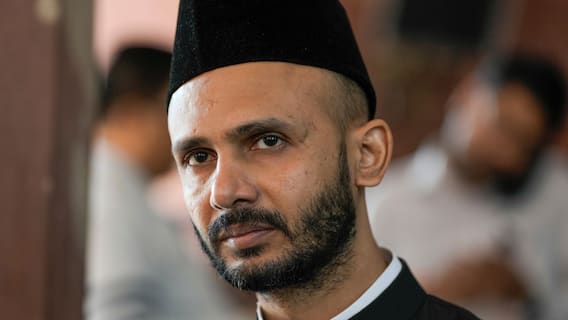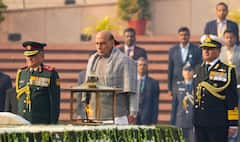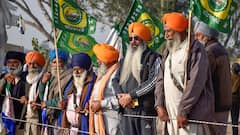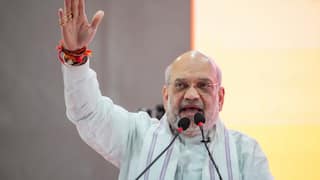Explorer
Advertisement
Rekindling love for historic coins at the National Museum
In a bid to rekindle the interest of the current generation in coins, National Museum's international exhibition "India and the World" showcases 31 historic coins and 16 currency notes from all around the world.

Photo: PTI
New Delhi: In a bid to rekindle the interest of the current generation in coins, National Museum's international exhibition "India and the World" showcases 31 historic coins and 16 currency notes from all around the world.
The nine-gallery exhibition, concluding on June 30, has a dedicated section for coinage, displaying some rare and exquisitely crafted coins.
Gupta gold coins (dinar), Roman gold coins, Pallava copper coins, Chinese copper coins, and Islamic coins, are some of the coins on display.
The "shared banknotes" of India and Pakistan and the first currency after Cuban independence can also be viewed at the exhibition.
Apart from being legal tender, these coins and notes were also instruments for kings to "assert their power, establish the sweep of their kingdoms, and advertise their faith and legitimacy".
"The exhibition offers the visitors an opportunity to view these coins and banknotes through a political prism though these were also a potent visual language of faiths of kings," National Museum Director General B.R. Mani said in a statement.
Gupta rulers, for instance, issued gold coins (dinar) which had a Hindu deity on one side and the ruler on the other, making the coins a potent tool to advertise the king's faith.
Claiming legitimacy by associating the king with the divine, was a common practice outside India as well. This approach was employed by Roman and Byzantine kings as well as Sassanian and Aksumite rulers.
Islamic rulers did not feature on the coins, and preferred minting teachings from the Quran instead.
Sixteen currency notes also form part of "India and the World". The exhibition has the first note issued by the RBI in 1938 with a portrait of King George VI.
"Immediately after Partition, Pakistan continued using RBI notes with a super-inscription, which read ‘Government of Pakistan' in English and Urdu. India also used these notes until 1949, when the first one-rupee note for independent India was released with the national emblem, the Ashoka Lion Capital," the Museum said.
Showing 104 artworks from Indian subcontinent and 124 pieces from the British Museum, the exhibition is a joint effort by National Museum, the British Museum, Chhatrapati Shivaji Maharaj Vastu Sangrahalaya (CSMVS) and around 20 private collections. It was mounted on May 5.
Follow Breaking News on ABP Live for more latest stories and trending topics. Watch breaking news and top headlines online on ABP News LIVE TV
View More
Advertisement
Trending News
Advertisement
Advertisement
Top Headlines
India
India
Cities
India
Advertisement






































